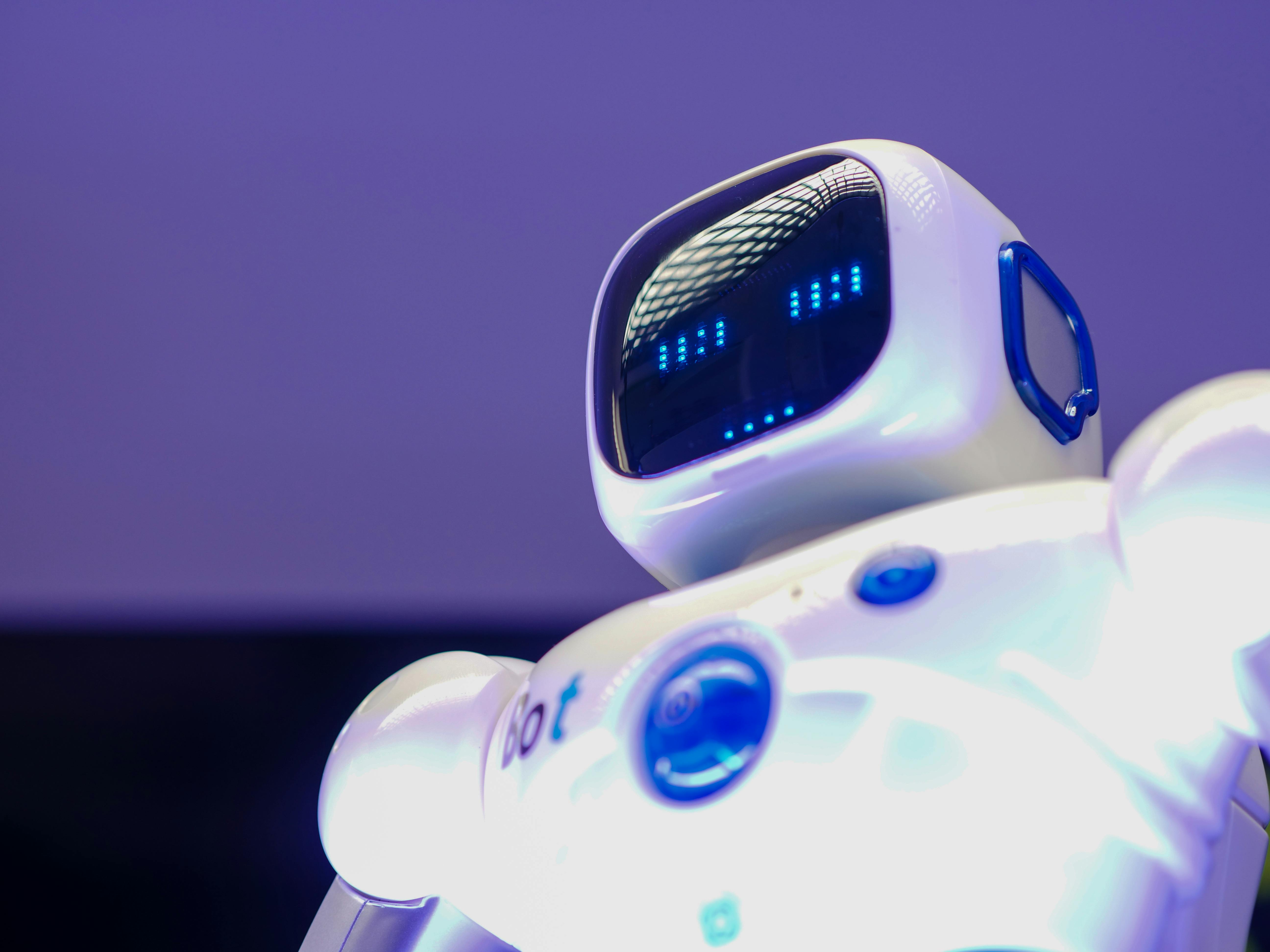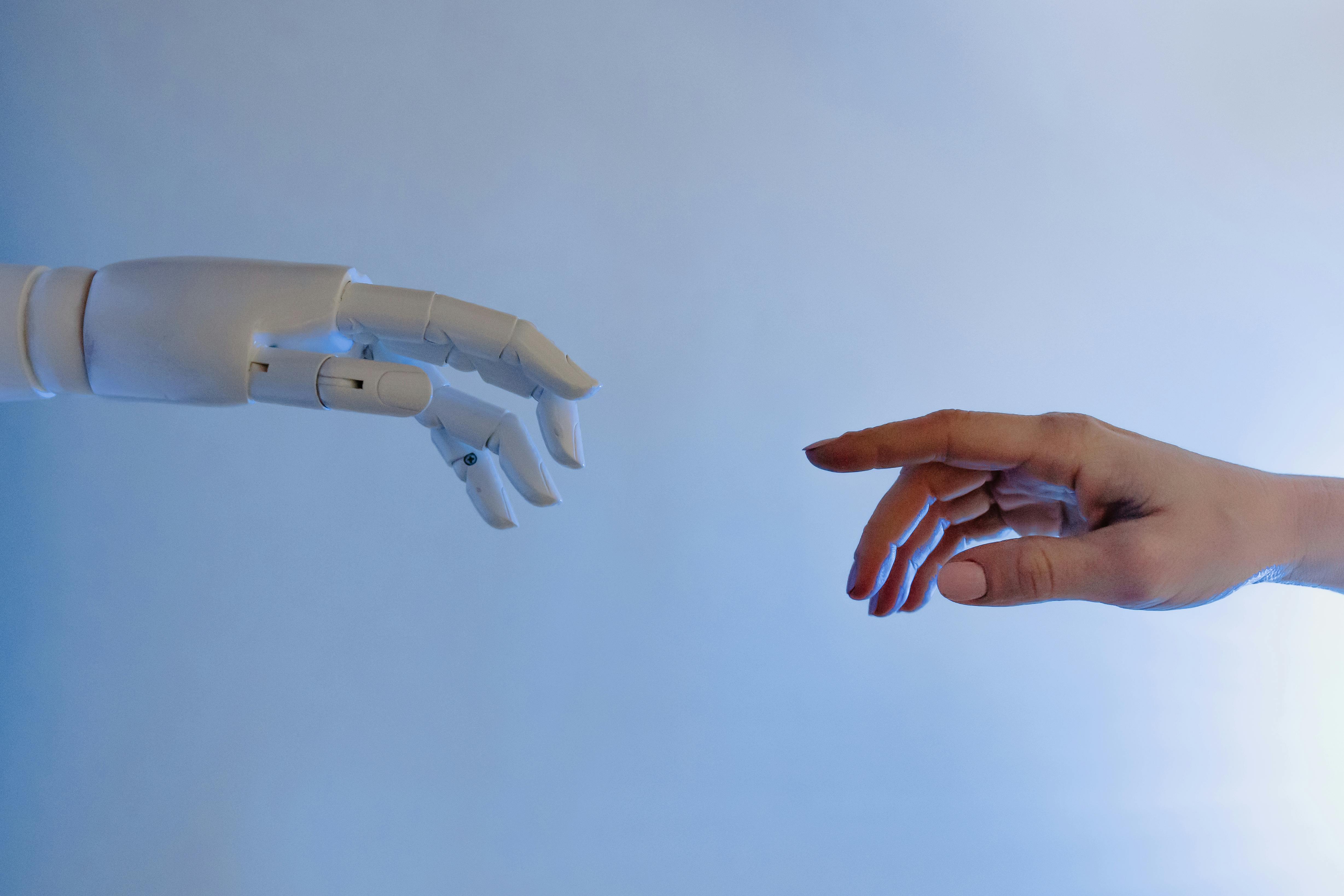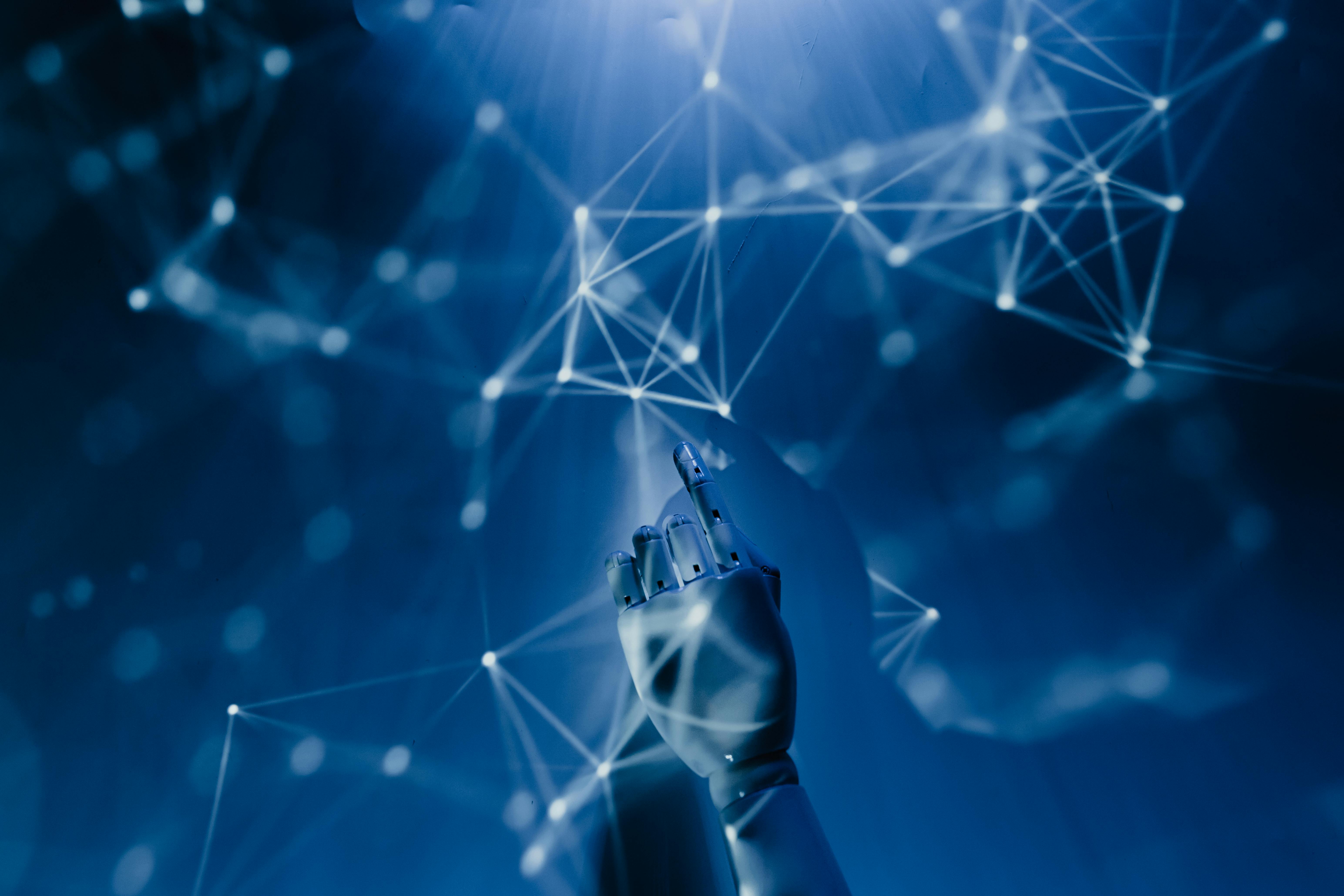The convergence of artificial intelligence and robotics represents one of the most transformative technological developments of our time. As AI algorithms become more sophisticated and robotic hardware advances, we're witnessing the emergence of truly intelligent machines capable of autonomous decision-making, learning, and adaptation in complex real-world environments.
The Evolution of Intelligent Robotics
Traditional robotics relied heavily on pre-programmed instructions and rigid operational parameters. Early industrial robots could perform repetitive tasks with precision but lacked the flexibility to adapt to changing conditions or unexpected scenarios. The integration of AI has fundamentally changed this paradigm, creating robots that can perceive, reason, and respond dynamically to their environment.
Modern AI-powered robots combine multiple technological advances: computer vision for environmental perception, natural language processing for human-robot interaction, machine learning for continuous improvement, and advanced control systems for precise manipulation. This synthesis has created machines that blur the line between automation and true intelligence.
Core AI Technologies Transforming Robotics
Computer Vision and Perception
One of the most critical AI technologies in robotics is computer vision. Advanced visual processing systems enable robots to understand and interpret their surroundings with remarkable accuracy. Through deep learning algorithms, robots can now identify objects, navigate complex environments, and even recognize human emotions and intentions.
Modern robotic vision systems utilize multiple sensors including cameras, LiDAR, radar, and depth sensors to create comprehensive environmental maps. This multi-modal perception allows robots to operate safely in dynamic environments where humans and machines coexist.
Machine Learning and Adaptation
Machine learning algorithms enable robots to improve their performance over time through experience. Reinforcement learning, in particular, has proven exceptionally valuable in robotics, allowing machines to learn optimal behaviors through trial and error in simulated and real environments.
"The true power of AI in robotics isn't just in automation, but in creating machines that can learn, adapt, and evolve their capabilities over time."
— Dr. Sarah Kim, MIT Robotics Lab
This adaptive capability is particularly important in unstructured environments where pre-programmed responses are insufficient. Agricultural robots, for example, must adapt to varying crop conditions, weather patterns, and terrain irregularities that would challenge traditional automated systems.
Natural Language Processing and Human-Robot Interaction
Advanced NLP capabilities are making human-robot interaction more intuitive and natural. Robots can now understand complex verbal commands, engage in conversational interactions, and even interpret emotional context in human communication. This advancement is crucial for service robots, healthcare assistants, and collaborative manufacturing systems.
Revolutionary Applications Across Industries
Manufacturing and Industrial Automation
The manufacturing sector has been at the forefront of AI-robotics integration. Modern smart factories employ collaborative robots (cobots) that work alongside human workers, adapting their behavior based on production requirements and safety considerations. These systems can quality-check products using computer vision, adjust assembly procedures based on component variations, and predict maintenance needs through sensor data analysis.
Predictive maintenance powered by AI allows robotic systems to anticipate failures before they occur, reducing downtime and improving overall equipment effectiveness. This capability has transformed manufacturing from reactive to proactive maintenance strategies.
Healthcare and Medical Robotics
Healthcare robotics represents one of the most impactful applications of AI-robot integration. Surgical robots now incorporate AI to enhance precision, reduce invasiveness, and improve patient outcomes. These systems can analyze medical imagery in real-time, provide haptic feedback to surgeons, and even perform certain procedures autonomously under supervision.
Rehabilitation robots use machine learning to personalize therapy programs for individual patients, adapting exercises based on progress and physical capabilities. Care robots in elderly facilities provide companionship, medication reminders, and emergency response capabilities while learning individual patient preferences and routines.
Autonomous Vehicles and Transportation
The autonomous vehicle industry exemplifies the power of AI-robotics integration. Self-driving cars combine multiple AI technologies including computer vision, sensor fusion, path planning, and decision-making algorithms to navigate complex traffic scenarios safely and efficiently.
Beyond passenger vehicles, autonomous delivery robots, warehouse automation systems, and aerial drones are revolutionizing logistics and supply chain operations. These systems can optimize routes in real-time, handle unexpected obstacles, and coordinate with other autonomous systems to maximize efficiency.
Agriculture and Environmental Applications
Agricultural robotics powered by AI is addressing critical challenges in food production and environmental sustainability. Autonomous farming robots can plant seeds with precision, monitor crop health using spectral analysis, apply pesticides and fertilizers only where needed, and harvest crops at optimal times.
Environmental monitoring robots equipped with AI can track wildlife populations, monitor air and water quality, and even participate in conservation efforts such as coral reef restoration and reforestation projects.
Challenges and Technical Hurdles
Safety and Reliability
As robots become more autonomous and operate in closer proximity to humans, ensuring safety becomes paramount. AI systems must be designed with robust fail-safes, predictable behavior patterns, and the ability to handle edge cases that weren't anticipated during development.
The challenge lies in creating AI systems that are both capable of autonomous decision-making and constrained enough to operate safely in human environments. This requires careful balance between flexibility and predictability.
Ethical Considerations and Job Displacement
The increasing capabilities of AI-powered robots raise important ethical questions about employment, human autonomy, and the role of machines in society. While automation can eliminate dangerous and repetitive jobs, it also creates concerns about widespread unemployment and economic inequality.
Addressing these challenges requires thoughtful policy development, retraining programs, and careful consideration of how AI-robotics integration can augment rather than replace human capabilities.
Technical Limitations and Complexity
Despite remarkable advances, AI-powered robots still face significant technical challenges. Real-world environments are incredibly complex and unpredictable, requiring robust AI systems that can handle ambiguity, incomplete information, and unexpected scenarios.
Integration challenges include sensor fusion, real-time processing requirements, energy efficiency, and the need for systems that can operate reliably in diverse environmental conditions.
Emerging Trends and Future Directions
Swarm Robotics and Collective Intelligence
An exciting frontier in AI-robotics integration is swarm robotics, where multiple robots work together as a coordinated system. By sharing information and coordinating actions, robot swarms can accomplish tasks that would be impossible for individual robots.
Applications include search and rescue operations, environmental monitoring, construction projects, and space exploration. The collective intelligence of robot swarms can emerge from simple individual behaviors, creating complex and adaptive group behaviors.
Brain-Computer Interfaces and Neural Control
Advances in brain-computer interface technology are opening new possibilities for human-robot interaction. Direct neural control of robotic systems could revolutionize assistive technologies for individuals with disabilities and create new forms of human augmentation.
Quantum Computing and Advanced AI
The future integration of quantum computing with AI-robotics systems promises to unlock new levels of computational capability. Quantum algorithms could enable more sophisticated optimization, pattern recognition, and decision-making in robotic systems.
The Economic Impact and Market Growth
The AI-robotics market is experiencing explosive growth, with projections indicating the global intelligent robotics market will reach over $200 billion by 2030. This growth is driven by increasing demand for automation, advances in AI technology, and the need for solutions to address labor shortages in key industries.
Investment in AI-robotics startups has surged, with venture capital funding supporting innovations in autonomous vehicles, service robots, industrial automation, and specialized applications across various sectors.
Preparing for an AI-Robotics Future
As AI-powered robotics becomes increasingly prevalent, society must prepare for the changes ahead. This includes developing new educational curricula that emphasize human-AI collaboration, creating regulatory frameworks that ensure safe deployment of autonomous systems, and fostering public dialogue about the role of intelligent machines in our future.
The key to successful AI-robotics integration lies not in replacing human capabilities but in augmenting them. The most successful applications will be those that leverage the unique strengths of both humans and machines, creating collaborative systems that are more capable than either could be alone.
Conclusion
The integration of artificial intelligence and robotics represents a paradigm shift in how we approach automation and human-machine interaction. As these technologies continue to evolve, we can expect to see increasingly sophisticated and capable robotic systems that can adapt, learn, and collaborate with humans in ways previously thought impossible.
The future of AI-robotics integration promises to transform industries, improve quality of life, and solve some of humanity's most pressing challenges. Success in this future will require careful attention to safety, ethics, and the human element in an increasingly automated world.
As we stand on the brink of this new era, the opportunities are immense, but so are the responsibilities. The decisions we make today about how to develop and deploy AI-powered robotic systems will shape the future of human-machine collaboration for generations to come.




